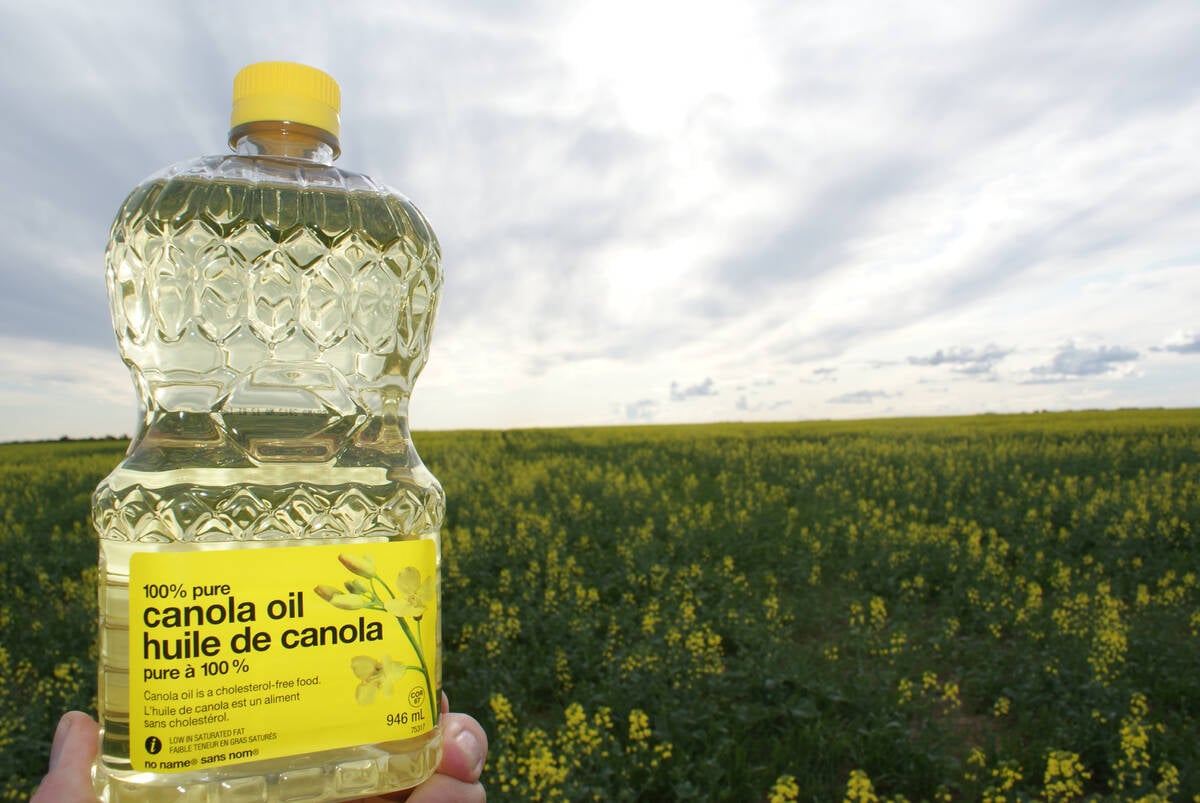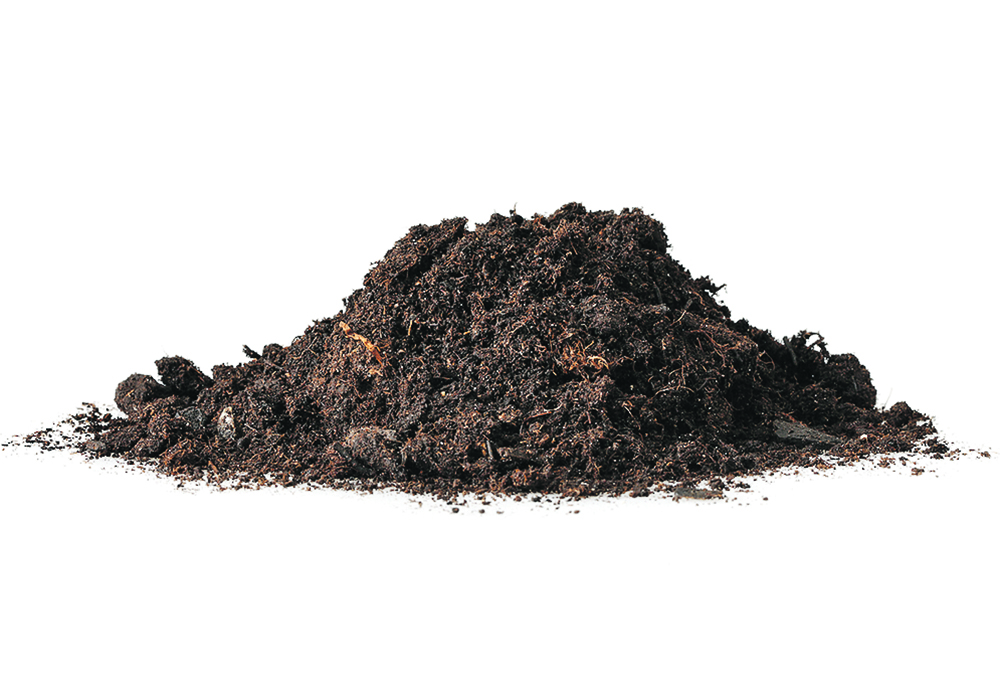Since cultivation began about 110 to 130 years ago, agricultural soils on the Prairies have lost 25 to 30 percent of their carbon, says an Agriculture Canada scientist from Lethbridge.
That’s lower than other scientific estimates, which suggest that soils have lost 50 to 60 percent of their carbon since cultivation.
The difference in the two estimates comes down to the depth of soil — that is, how much carbon has been lost in the surface layers of soil compared to deeper parts of the soil profile.
“A lot of the data saying we’ve lost 50 or 60 percent of our carbon (from) our prairie soils since cultivation are true, (but) that’s a decrease … in a very surface layer (of soil),” said Ben Ellert, an Agriculture Canada research scientist who specializes in greenhouse gases and land-atmosphere exchanges.
Read Also

Rising vegetable oil demand may offset bad biofuel news
Global biodiesel/renewable diesel production is expected to decline for the first time in a decade. Bad timing for a canola industry looking for new markets.
“Out of our zero to one metre (depth), we’ve probably lost 10 (percent), so it depends.”
Ellert, who spoke at the Manitoba Agronomists’ Conference in December, said his 25 to 30 percent estimates are not official numbers. They are based on research plots and soil samples in Lethbridge that date back to the early days of the federal research centre, which opened in 1906.
In his figures, Ellert looked at the carbon lost in the first 50 centimetres of soil.
That 25 to 30 percent loss still adds up a great deal of carbon because the Prairies stretch from Steinbach, Man., to Edmonton, a distance of 1,400 kilometres.
Ellert figures that prairie soils have lost 1,200 teragrams of carbon since cultivation, or 1.2 billion tonnes.
In comparison, Canada emits about 700 million tonnes of greenhouse gas emissions (in carbon dioxide equivalents) every year.
Soil depth is important in calculating changes in carbon, but so is the density of the soil. A lighter soil, say in a pasture with large amount of roots, will have a higher concentration of carbon.
A compacted soil may have less carbon per kilogram, but scientists need to consider the weight of that compacted soil to estimate carbon stocks.
“When you have a mineral soil that’s compacted and the carbon concentration may be low, but there’s a big mass of (soil) that offsets that,” said Ellert.
“Carbon stock is meaningless unless you specify the depth or the soil mass…. That’s how you get those different portrayals (estimates).”
Calculating changes in soil carbon has become a topical issue in agriculture because of the political and public attention to climate change.
Many farmers, private firms and some scientists believe that agriculture can be a large part of the solution for climate change because of the opportunity to store atmospheric carbon dioxide in the soil. However, a missing piece is quantifying how much carbon is in the soil.
Terramera, a Vancouver company, is developing technology to rapidly measure soil carbon.
“Canada has the opportunity to lead the world in carbon sequestration and turn back the clock on climate change,” Karn Manhas, Terramera founder and chief executive officer, said in 2021.
“This funding (from the federal government) will enable Terramera to build a reliable standard for soil carbon sequestration and drive down the cost of quantification toward $5 per acre, unlocking rapid market growth, improving farmer revenue and scaling carbon sequestration like never before.”
Such technology could be helpful, but proponents of carbon sequestration often overlook a critical piece of soil science.
When more carbon is added to the soil by growing perennial crops, eliminating summerfallow or other practices, that carbon will decay and leak back into the atmosphere.
“The critical thing … is the fact that we do have decomposition. The more carbon you (put) into the soil, the decomposition rates increase,” said Ellert, who grew up on mixed farm near Milk River, Alta.
“That’s one thing I’ve always hammered on … there’s two sides of the coin. Everyone focuses mainly on carbon inputs, carbon inputs, carbon inputs, and they forget about the decomposition.”
So, even if a farmer changes practices and maybe adopts regenerative agriculture to improve the health of the soil, eventually the amount of carbon in soil will reach an equilibrium, meaning no more carbon gains are possible.
“To stay at that plateau without losing that (carbon), you have to keep those practices in perpetuity,” Ellert said. “If you backslide, you will lose it again.”
Following Ellert’s talk at the agronomists’ conference, Mark Liebig, a U.S. Department of Agriculture scientist from North Dakota, spoke about carbon stocks and “carbon farming” in the northern Plains.
Yes, more carbon could be stored in soils, but farmers and scientists must consider the bigger picture, Liebig said.
Carbon and how much is stored in the soil doesn’t really matter if farmers are emitting more nitrous oxide or methane, which are greenhouse gases related to nitrogen fertilizer and livestock.
Ellert agreed.
If a farmer grows more perennial crops, it will increase the rate of carbon sequestration on that particular farm.
However, if cattle feed on those hay crops, you need to consider the methane emitted from those cows. Looking only at one piece of the puzzle doesn’t move the needle on greenhouse gas emissions from agriculture.
“It’s not all about storing more soil carbon,” Ellert said.
“It’s not all about fertilizer management, It’s not all about forages. It’s about how to integrate these things, together.”
















